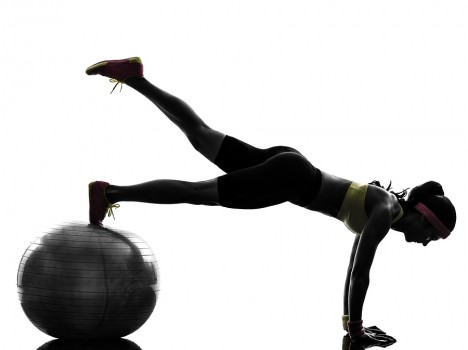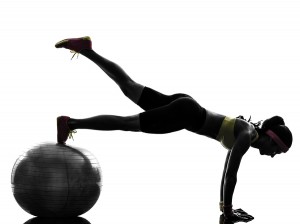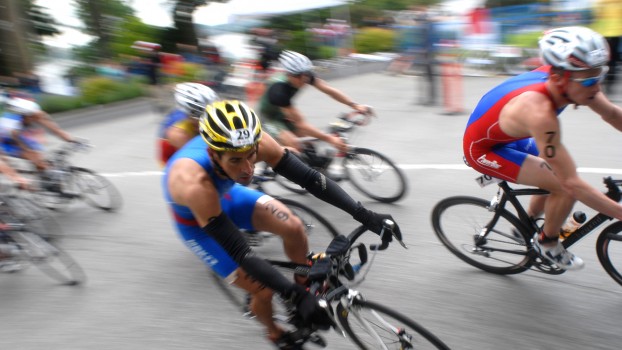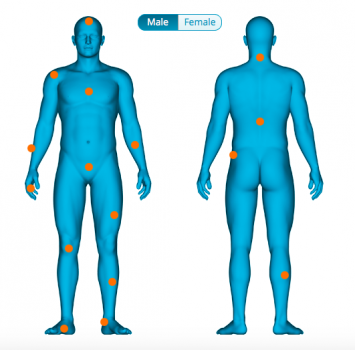October 18, 2016
In-season strength maintenance training increases well-trained cyclists’ performance.
Rønnestad BR1, Hansen EA, Raastad T.
https://www.ncbi.nlm.nih.gov/pubmed/20799042
The first article by Rønnestad, Hansen, and Raastad explores pre-season and in-season strength training. Two groups of cyclists were compared for cycling performance, oxygen consumption, muscle cross-section area, and strength during a twelve-week preparation phase followed by a thirteen-week in-season program. During the twelve-week preparation phase, one group followed a program of endurance and heavy strength training twice per week. The other group undertook a program of endurance training only. During the thirteen-week competition phase, the previous strength training group undertook strength maintenance training once per week. The exercises were designed to resemble cycling motion and included half squat, recumbent single leg press, standing one leg hip flexion, and ankle plantar flexion.
It is perhaps, no surprise that the leg strength increased by 23% in the weight training group and was maintained. Leg strength did not increase in the endurance group. Additionally, in forty-minute time trial tests, the strength group increased their mean power by 8% during the preparation phase and then a further 6% by the end of the competition phase. The endurance group increased mean power by 4% at the end of the preparation phase and this was not increased in the competition phase.
Strength training improves 5-min all-out performance following 185 min of cycling.
Rønnestad BR1, Hansen EA, Raastad T.
https://www.ncbi.nlm.nih.gov/pubmed/19903319
A year later in 2011, Rønnestad, Hansen, and Raastad executed another test to see what would happen if cyclists undertook a longer submaximal activity of 185 minutes followed by a five-minute sprint. This might be similar to a road race with the final finish. As before, one group performed strength and endurance training, while the other group performed just endurance training. The strength group showed a lower heart rate and oxygen consumption during the last hour of the 185-minute exercise compared with the endurance group. The strength group also increased mean power output during the final five-minute sprint by 7.8% compared to no increase by the endurance group.
Maximal strength training improves cycling economy in competitive cyclists.
Sunde A1, Støren O, Bjerkaas M, Larsen MH, Hoff J, Helgerud J.
https://www.ncbi.nlm.nih.gov/pubmed/19855311
In 2010, Sunde et. al. studied the effect of maximal strength training on cycling economy, work efficiency, and time to exhaustion between a strength training group and an endurance group. The strength group performed half squats three times per week to supplement endurance training over an eight-week period. The strength training group exhibited significant improvements in rate of force development (16.7%), cycling economy (4.8%), work efficiency (4.7%), and time to exhaustion at maximum aerobic power (17.2%). The endurance group showed a small increase in work efficiency (1.4%), but the other factors were not improved.
Combining explosive and high-resistance training improves performance in competitive cyclists.
Paton CD1, Hopkins WG.
https://www.ncbi.nlm.nih.gov/pubmed/16287351
And back in 2005, Paton and Hopkins subjected cyclists to a combination of explosive and high intensity training during the competitive season. They found a program of explosive single leg jumps and high intensity thirty-second intervals contributed an 8.7% improvement in power during a 1km time trial, an 8.4% improvement in power during a 4km time trial, and a 6.7% improvement in peak power. The changes observed for the control group were less than 0.3%.
Strength training improves cycling efficiency in master endurance athletes.
Louis J1, Hausswirth C, Easthope C, Brisswalter J.
https://www.ncbi.nlm.nih.gov/pubmed/21638070
One study in particular showed some very promising results. Louis et al. (2011) studied the effect of three weeks of strength training on cycling efficiency on two groups — young athletes and masters-age athletes. Both groups improved torque production and cycling efficiency but the older athletes improved significantly more. Younger athletes were found to be more efficient than masters-age athletes prior to training but this difference disappeared after three weeks of strength work.
The study states: “In masters, the strength training induced an enhancement in maximal and endurance torque production and cycling efficiency, thus reducing age-related differences in performance recorded before training… These results suggest that strength training added to endurance training might be a complementary strategy to preserve functional capacity and performance with ageing.”





